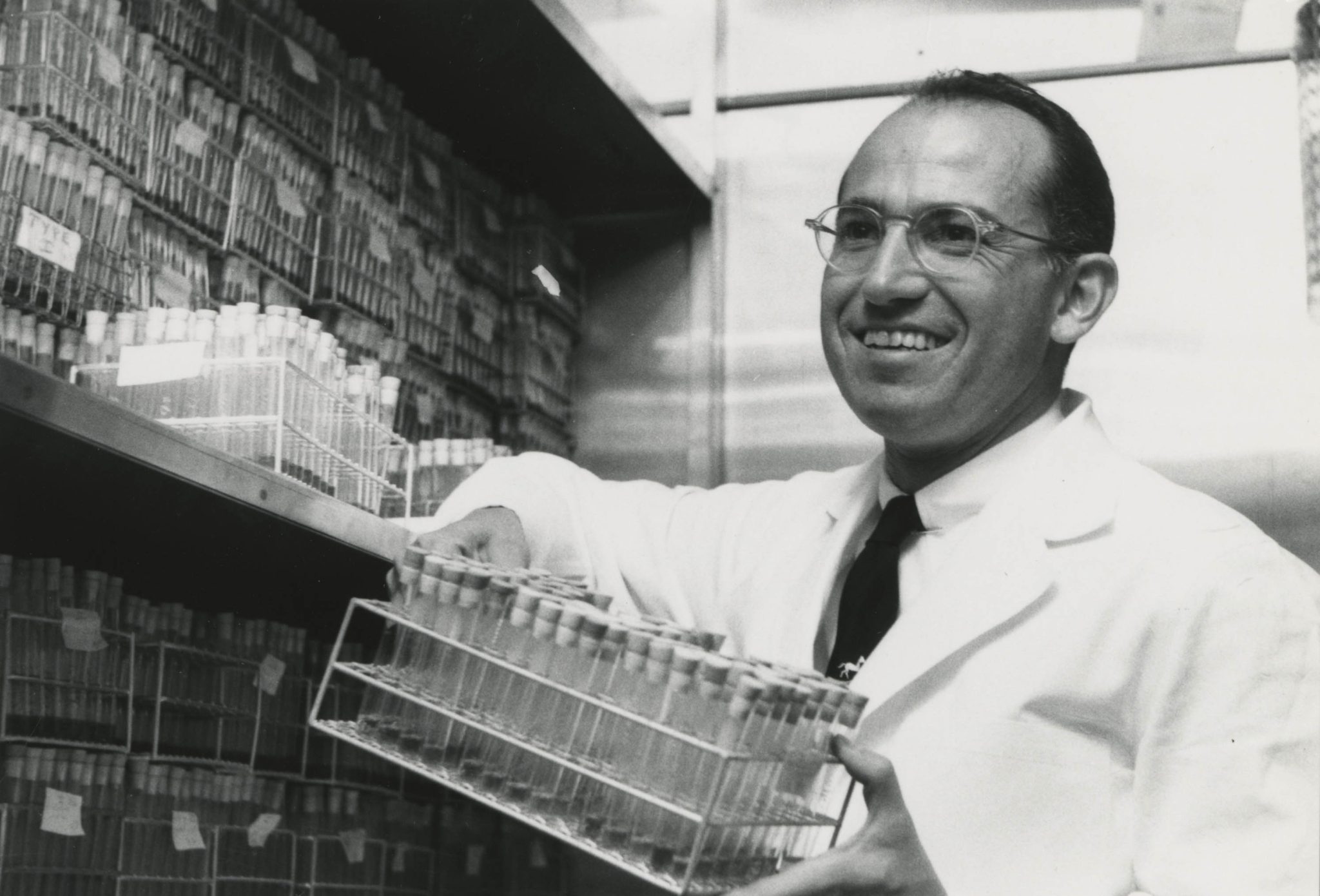
PROVIDER SERVICES
Did you know that UPMC was the birthplace of modern transplantation?
PROVIDER SERVICES
Did you know that UPMC was the birthplace of modern transplantation?

Dr. Thomas Starzl brought two crucial elements to UPMC: his liver transplantation program, and a new drug that would make transplantation an accepted treatment for many diseases that were otherwise considered incurable. The Thomas E. Starzl Transplantation Institute remains the leading resource dedicated to helping people in end-stage organ failure.
Dr. Thomas Starzl brought two crucial elements to UPMC: his liver transplantation program, and a new drug that would make transplantation an accepted treatment for many diseases that were otherwise considered incurable. The Thomas E. Starzl Transplantation Institute remains the leading resource dedicated to helping people in end-stage organ failure.
Or that the cure for polio was found right here at UPMC?

At its peak in the 1940s and 1950s, polio was killing or paralyzing more than a half-million people worldwide each year. In 1947, Jonas Salk—an expert in influenza whose flu vaccine is still in use today—came to Pitt to develop a virus program. For 7+ years, his team worked to develop an effective killed-virus vaccine. Salk’s polio research team was successful, and the federal government approved the vaccine for the public in 1955, an action that Newsweek called “a summit moment in history.”
At its peak in the 1940s and 1950s, polio was killing or paralyzing more than a half-million people worldwide each year. In 1947, Jonas Salk—an expert in influenza whose flu vaccine is still in use today—came to Pitt to develop a virus program. For 7+ years, his team worked to develop an effective killed-virus vaccine. Salk’s polio research team was successful, and the federal government approved the vaccine for the public in 1955, an action that Newsweek called “a summit moment in history.”
At its peak in the 1940s and 1950s, polio was killing or paralyzing more than a half-million people worldwide each year. In 1947, Jonas Salk—an expert in influenza whose flu vaccine is still in use today—came to Pitt to develop a virus program. For 7+ years, his team worked to develop an effective killed-virus vaccine. Salk’s polio research team was successful, and the federal government approved the vaccine for the public in 1955, an action that Newsweek called “a summit moment in history.”